US FDIC Said to Be Studying Deposit Insurance for Stablecoins
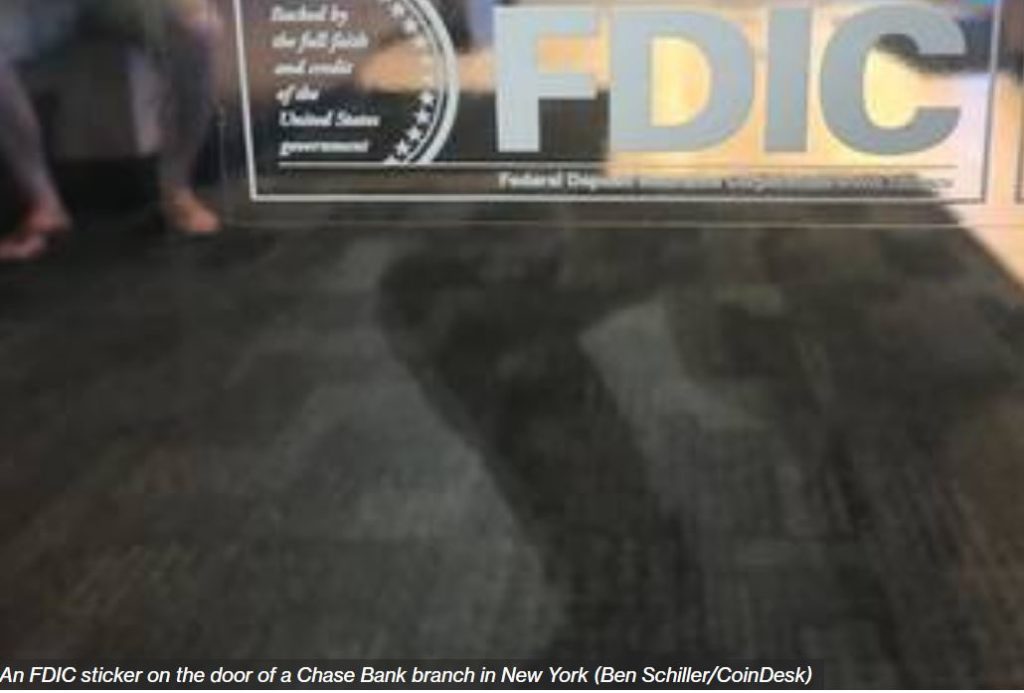
So-called pass-through coverage would insure the holders of these tokens against losses up to $250,000 if the bank holding the collateral were to fail.
The Federal Deposit Insurance Corp. (FDIC), a key U.S. banking regulator, is studying whether certain stablecoins might be eligible for its coverage, five people familiar with the agency’s thinking said.
The discussions are preliminary, and it’s not clear what the timetable would be for making any policy decisions or how such changes would be communicated.
The agency is trying to analyze what so-called pass-through FDIC insurance might look like for the reserves that stablecoin issuers hold at banks, the sources said. Such coverage would insure holders of the tokens against losses up to $250,000 if the bank holding the collateral were to fail.
The FDIC is also looking at what regular, direct deposit insurance might look like for banks that want to issue stablecoins, people familiar with the discussions said.
“This is all part of a process by which they are trying to bring stablecoins into the banking system in a responsible manner,” one insider said. “It depends on what’s backing the stablecoins. If it’s backed by reserves at the Fed[eral Reserve] for cash then I think you just make the argument that it’s a deposit. If it’s backed by Treasurys [bonds], I think you’ll have a hard time treating it as a deposit.”
The discussions come amid a broader debate in the U.S. about potential stablecoin regulation. This week the Wall Street Journal reported (and CoinDesk confirmed) that the Biden administration would subject stablecoin issuers to bank-like regulations. Circle, issuer of USDC, the second-largest stablecoin, disclosed that the Securities and Exchange Commission (SEC) sent an investigative subpoena to the company in July.
$250K per customer
Stablecoins are cryptocurrencies that are designed to trade at parity with government currencies, typically the U.S. dollar. The most popular kinds are backed by traditional financial assets such as cash in a bank or commercial paper, and are supposed to be redeemable 1-to-1 for cash on demand. The two largest stablecoins, Tether’s USDT and to a lesser degree USDC, have come under scrutiny recently over questions about their backing.
According to two other people familiar with cryptocurrency banking issues, stablecoin issuers don’t have the same kind of access to pass-through FDIC insurance that crypto exchanges have when they’re banking in the U.S. Exchanges can gain omnibus accounts where the funds that belong to each of their clients are insured up to $250,000 each but issuers of stablecoins don’t get these same kinds of protections.
“The FDIC is probably looking at whether stablecoins can count as deposits or whether someone’s ownership of a stablecoin is a deposit at the stablecoin issuer,” said Todd Phillips, a former FDIC lawyer who is now the director of financial regulation and corporate governance at the Center for American Progress, a Washington think tank.
The coverage could present challenges for issuers. Typically, these companies identify customers when they deposit cash for stablecoins or redeem the tokens for cash. But because stablecoins run on open, public blockchain networks (usually Ethereum), theoretically anyone with a crypto wallet that hasn’t been blacklisted can receive stablecoins from, and send them to, other wallets.
“One thing to remember is that each person has insurance of only up to $250,000,” said Phillips. “So, the stablecoin issuer would need to keep track of who is the current holder of their stablecoin and how many they own.”
Whatever the FDIC insures must not compromise the rest of the agency’s mission, he said.
“The FDIC basically has one overriding mission,- which is to ensure the safety of the Deposit Insurance Fund, the DIF,” Phillips said. “If the FDIC were to insure a stablecoin, that insurance would come out of the DIF and the FDIC will want to be very sure that they are on legal footing and that whatever they do doesn’t risk the DIF.”
Good Housekeeping seal
If the FDIC went ahead and provided deposit insurance for stablecoins, it would apply only if a bank that was banking a stablecoin issuer or that was issuing a stablecoin itself went into receivership. Even in this scenario, it’s rare that FDIC insurance would enter into the picture because the agency generally takes a failed bank’s assets and deposits and sells them to a healthy bank.
How the agency proceeds could potentially help protect consumers, Phillips added.
“The FDIC has strict rules as to which institutions may call themselves FDIC-insured or use the FDIC logo for advertising,” he said. “Just as how the FDIC’s logo on a bank’s website allows savers to be confident that the bank is safe, insurance of particular stablecoins and permission to use the FDIC logo would provide clarity about which stablecoins, up to the insurance limit, will not lose value.”
It’s likely that the agency will ask for public comment from the industry before any actual policy change is taken, Phillips said.
“I also imagine there are conversations going on between the four FDIC directors, since you need a majority of them to approve a new regulation,” he said.
DISCLOSURE
The leader in news and information on cryptocurrency, digital assets and the future of money, CoinDesk is a media outlet that strives for the highest journalistic standards and abides by a strict set of editorial policies. CoinDesk is an independent operating subsidiary of Digital Currency Group, which invests in cryptocurrencies and blockchain startups.

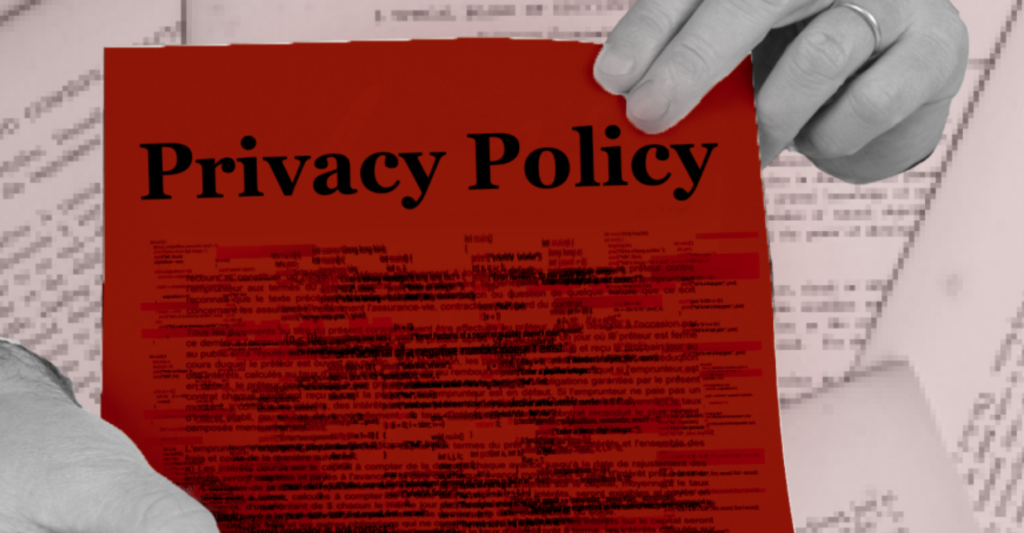

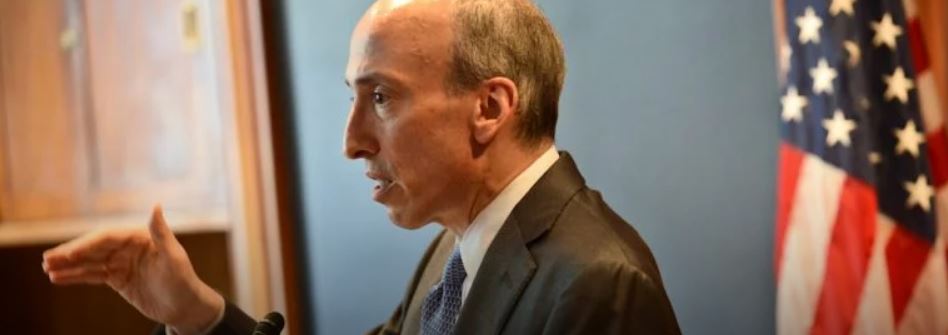


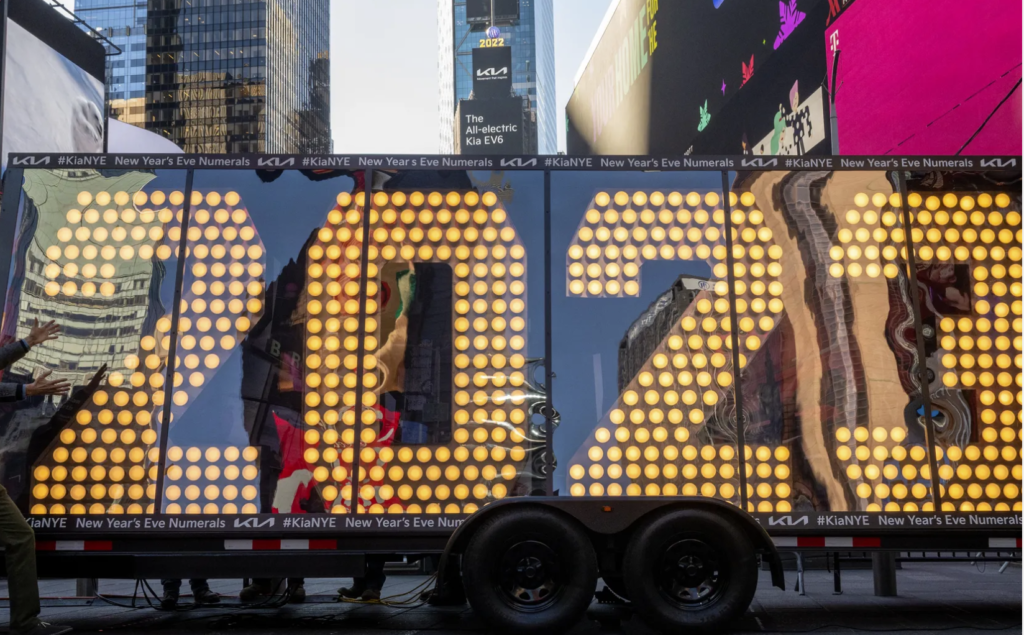


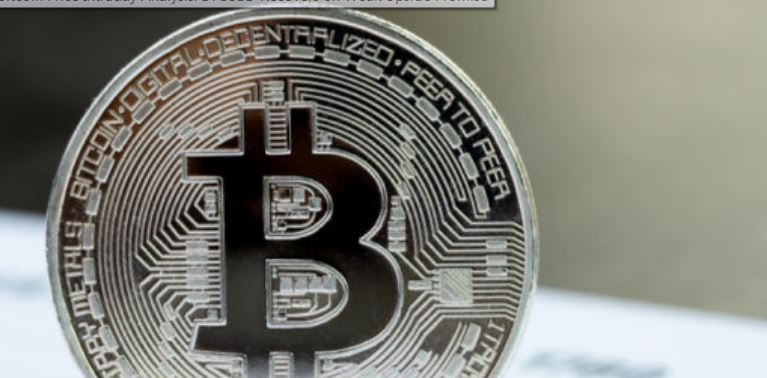

Responses